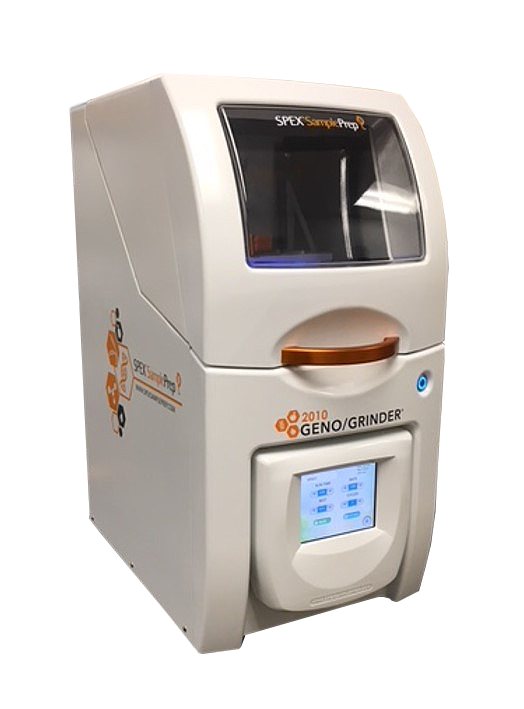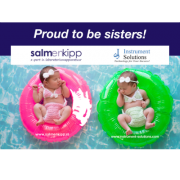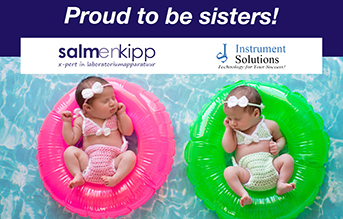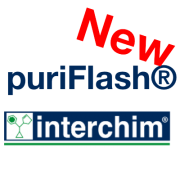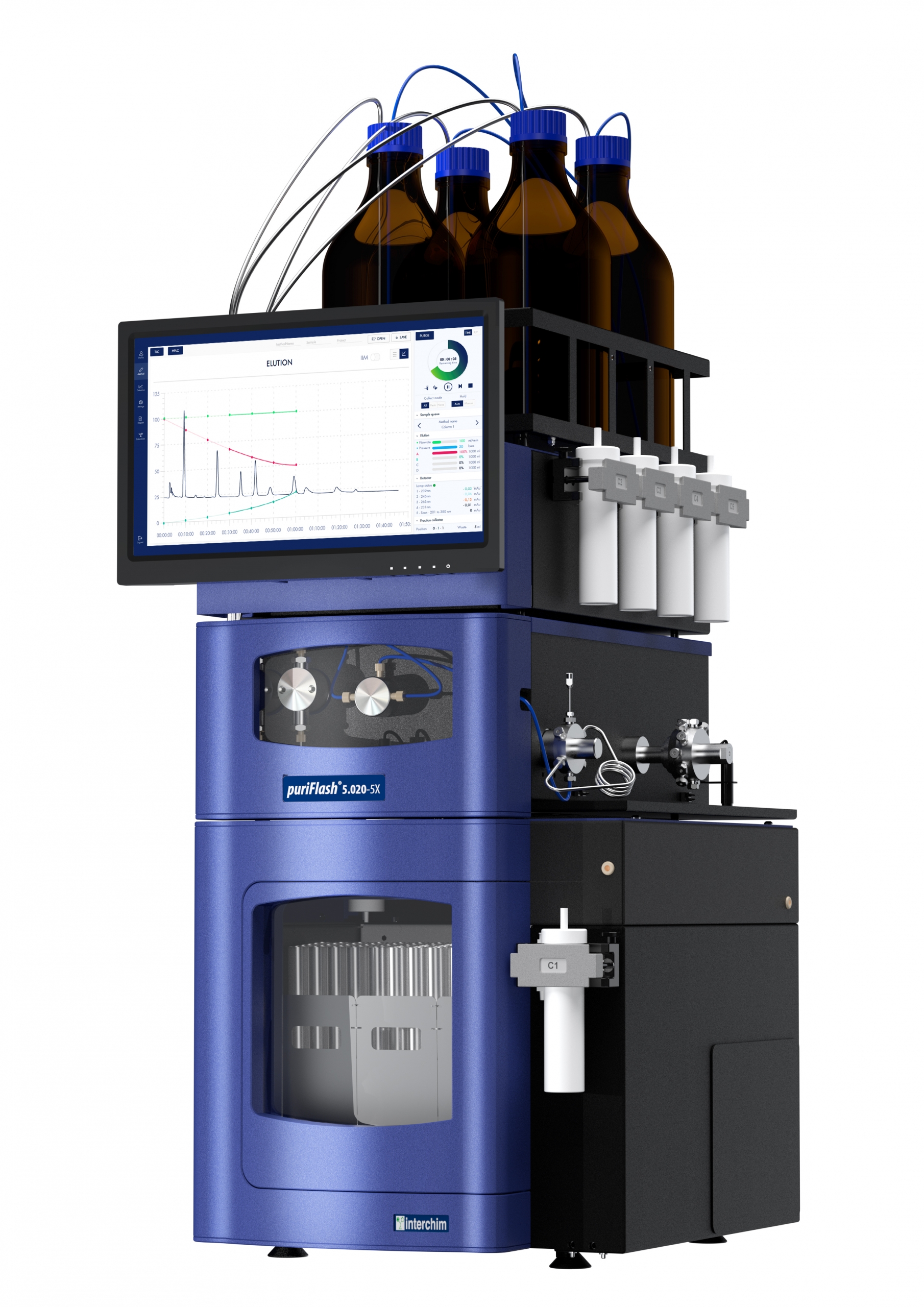Are you tired of the limitations associated with buying standard reference materials through standard catalogs? It can be a huge waste of time; scrolling through endless product pages, each with different concentrations and matrices, without any guarantee that you will find the best analytical standards for the task at hand.
Many chemists often skip this laborious process and mix their own analytical standards. However, this method also has pitfalls. Such as extra hassle and non-negligible risks.
Fortunately, there is a better solution. Custom Certified Reference Materials (CRMs) from Inorganic Ventures. This is simple and faster way to get the right analytical reference standards for your specific applications.
A certified, NIST-traceable product delivered by elemental compatibility experts provides complete peace of mind.
It is very nice to have them take on the tough work and reduces for you the inefficiency in time associated with off-the-shelf products, as well as the risk of mixing analytical standards yourself in the lab. The technical team at Inorganic Ventures does nothing but custom produce analytical standards.
the lab. The technical team at Inorganic Ventures does nothing but custom produce analytical standards.
Here are the 6 reasons why CRMs custom made by a specialist are superior to analytical standards you mix yourself:
1 Mixing analytical standards is expensive
Blending single-element analytical standards into a working solution demands both resources and time. Consider the administrative, equipment and labor costs of stocking and measuring re-order points per solution. This quickly leads to a significant ongoing investment.
Using custom analytics standards from Inorganic Ventures ensures that you only pay for what you need. This makes inventory management much easier. Our CRMs are ready for immediate use without further preparation, and you can easily dilute each standard directly from the bottle.
Inorganic Ventures offers a 100% satisfaction guarantee!
2 Documenting analytical standards is a pain
You always bear the burden of proof when mixing your own calibration standards. Laboratories that are held to the most stringent testing parameters must diligent that every standard is produced to the highest of standards. This requires an enormous degree of confidence and organization. It also requires nerves of steel if you are faced with an audit.
When using a custom product from Inorganic Ventures, all regulatory documentation and associated paperwork (CoA and SDS) is taken care of for you, and is readily available for audits. Their standards are manufactured and certified under their ISO 17025 and ISO 17034 Scopes.
3 Human error is a real risk
To err is human and even experienced chemists make mistakes. When you blend analytical standards yourself, you are bound to question the validity of your results at some point. Unfortunately, there is no room for error in the analytical industry. Perhaps you may experience compatibility issues when mixing your calibration standards because of incorrect additions or an improper matrix – or a host of other common problems.
Common human errors that may compromise the integrity of your DIY working standard include:
- Incorrect calculations or dilutions
- Accidental use of the wrong standard, leading to the wrong concentration
- Improper use of the matrix, which can cause interferences
- An unstable matrix due to poor knowledge of the required stabilizers
- Recording the wrong weight (if preparing gravimetrically).
Inorganic Ventures’ technical team carefully checks all of their custom blends to ensure compatibility and stability of your analytical standard. All CRMs are then validated through a robust QC process to ensure absolute accuracy.
If necessary, we can advise you if/how standards can be combined to create a stable working solution. Several stability studies have been conducted to strengthen the methods.
A certified, NIST-recognized custom product provided by elemental compatibility experts provides complete peace of mind.
4 Storing analytical standards can cause even more problems
Transpiration can gradually increase the concentration of your analytical standards over time. Unfortunately, there is no way to combat this phenomenon when mixing your own working standards in-house. Reason is that it occurs as a result of water vapor entering the mixture, either through the walls of the container or through the opening.
Inorganic Ventures has developed a proprietary packaging system that effectively mitigates transpiration, preserving the integrity of the CRMs over longer periods. Transpiration Control Technology (TCT) prevents transpiration from the bottle by means of an equilibrium inside the hermetically sealed container. Analytical standards packaged in this manner maintain their integrity for up to five years after the production date. Products can be stored in the TCT bag for up to four years and then again for up to one year after removal. The time and cost savings associated with constantly replenishing supplies are effectively eliminated, significantly alleviating your storage concerns.
5 Your laboratory could be introducing contaminants
Analytical standards must be packaged in ultra-clean bottles, and sterilized laboratory equipment and clean starter materials are used to prepare the CRM. It is possible to replicate these strict cleanliness conditions in your own lab, but this is another example of the labor intensity and cost requirements of mixing calibration standards yourself.
The team at Inorganic Ventures has conducted extensive leaching studies to examine the contamination levels in all the materials used to manufacture their CRMs. They purchase the cleanest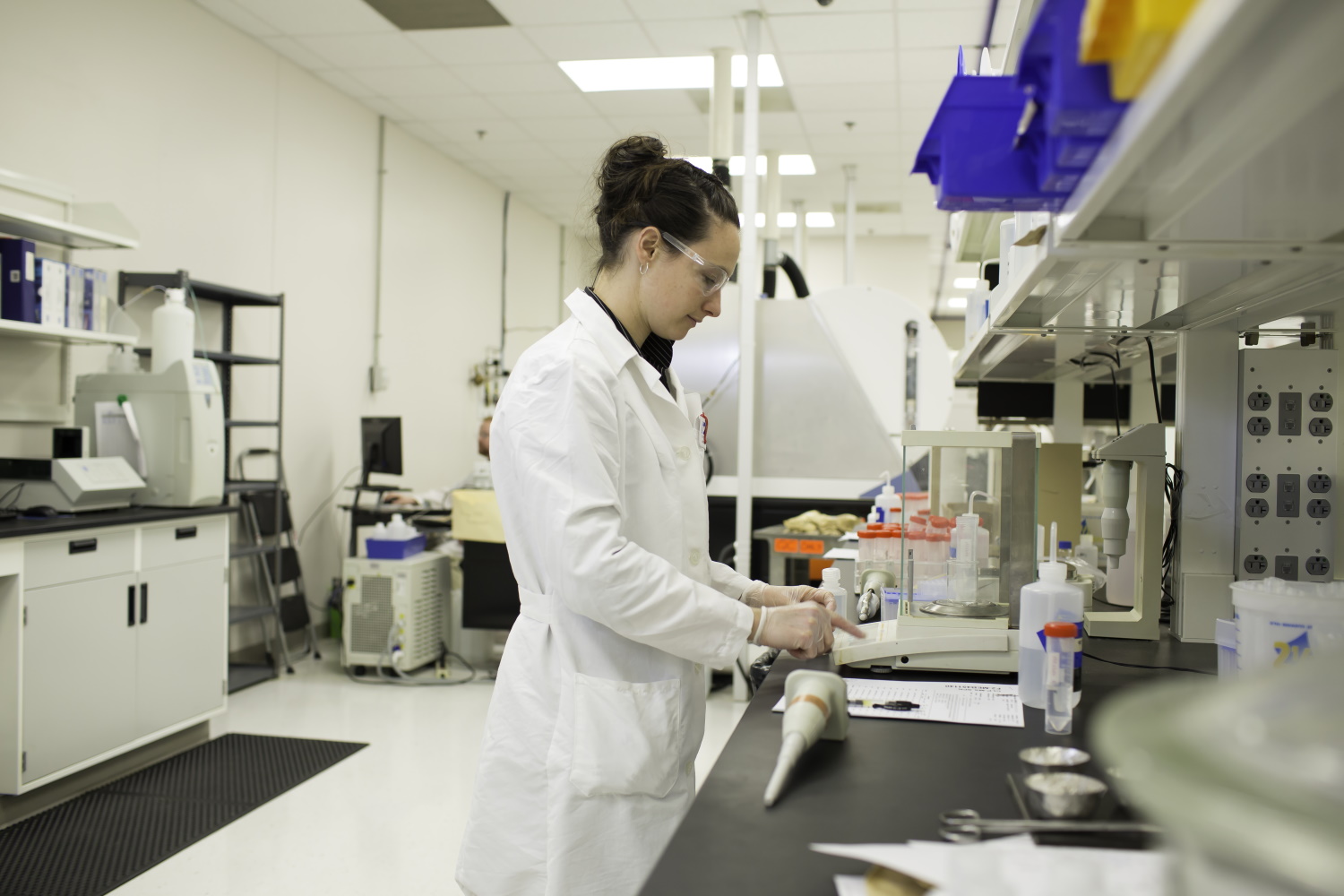 components (starting materials, weigh boats, pipettes, bottles, etc.) and properly leach them all to obtain the cleanest possible analytical standard. In doing so, they have access to a dedicated clean room with a HEPA filtration system and ultra-pure acids for production. This ensures that no environmental contaminants are introduced at any point.
components (starting materials, weigh boats, pipettes, bottles, etc.) and properly leach them all to obtain the cleanest possible analytical standard. In doing so, they have access to a dedicated clean room with a HEPA filtration system and ultra-pure acids for production. This ensures that no environmental contaminants are introduced at any point.
6 You have nowhere to turn when you get unexpected results
It can be extremely difficult to pinpoint the source of errors when your results are disappointing. Simple errors, such as exceeding the volume, will require boiling the concentrate, usually in glass, which can only introduce more pollutants. The only solution then is to start all over again.
Inorganic Ventures’ technical support team is ready to assist with sample preparation and is highly skilled at solving problems that arise during testing. Trust their expertise when you encounter unexpected problems. Inorganic Ventures offers a 100% satisfaction guarantee!
Are you ready to stop mixing your own calibration standards and try out a custom CRM from Inorganic Ventures? If so, contact us today for your first created quote. You can also always call us with your questions at +31 (0) 88 46 78 786.
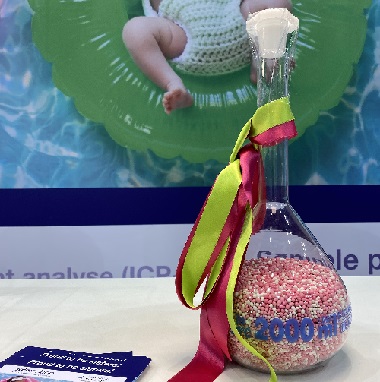

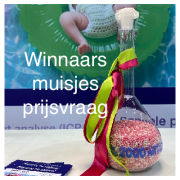
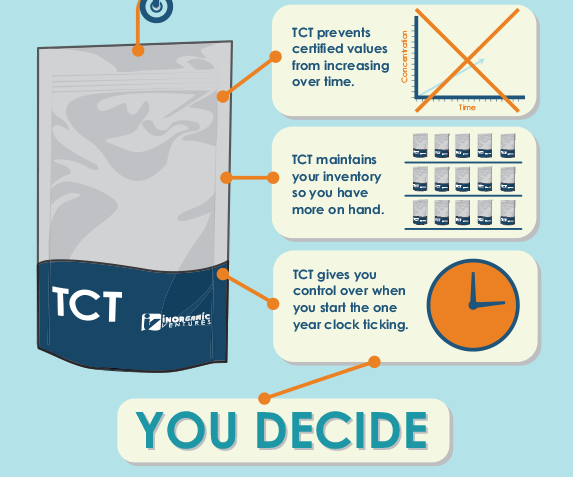

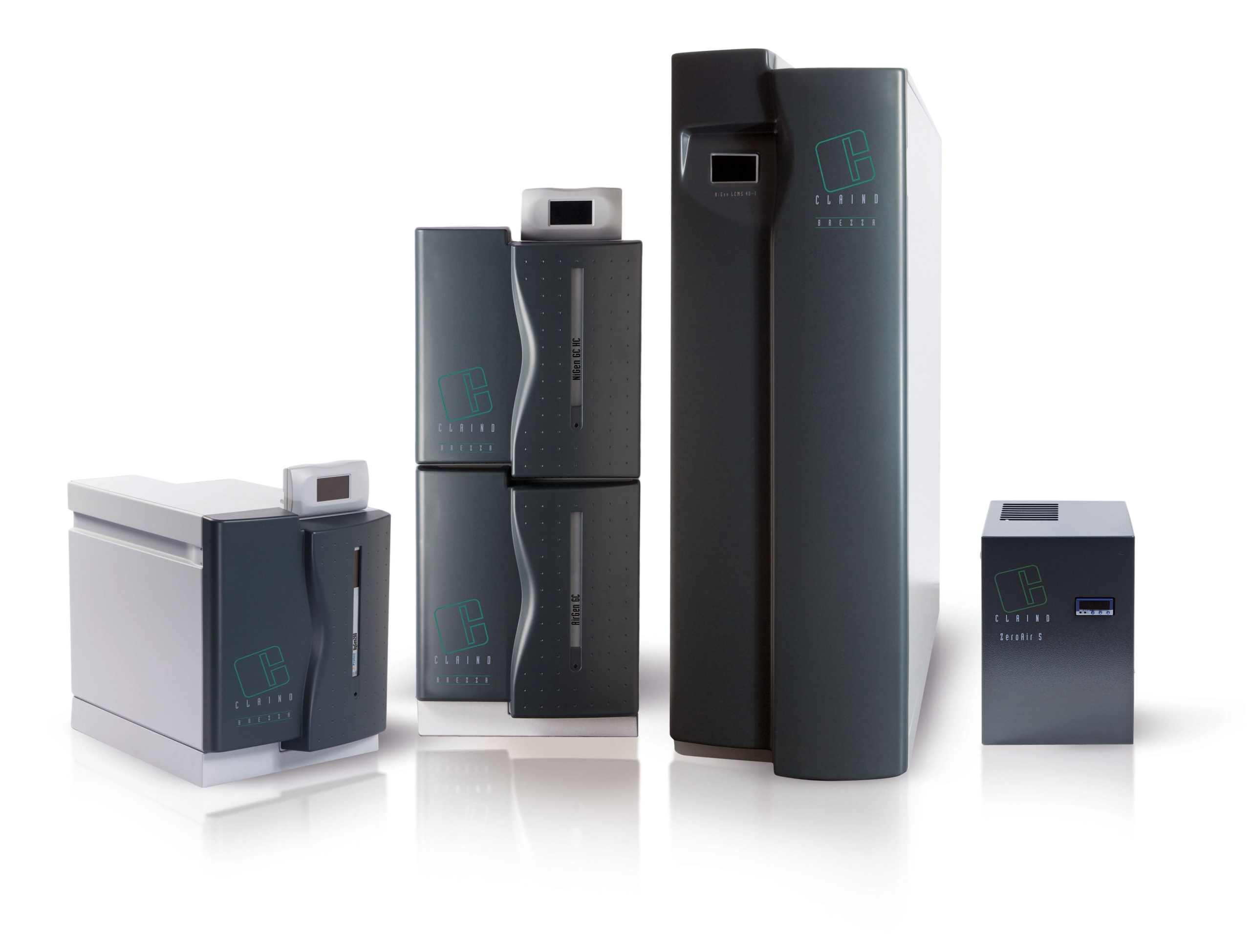 Fortunately, there is an alternative, namely
Fortunately, there is an alternative, namely 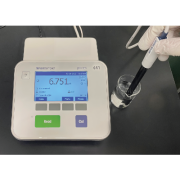
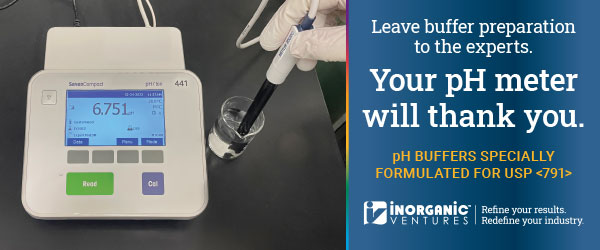
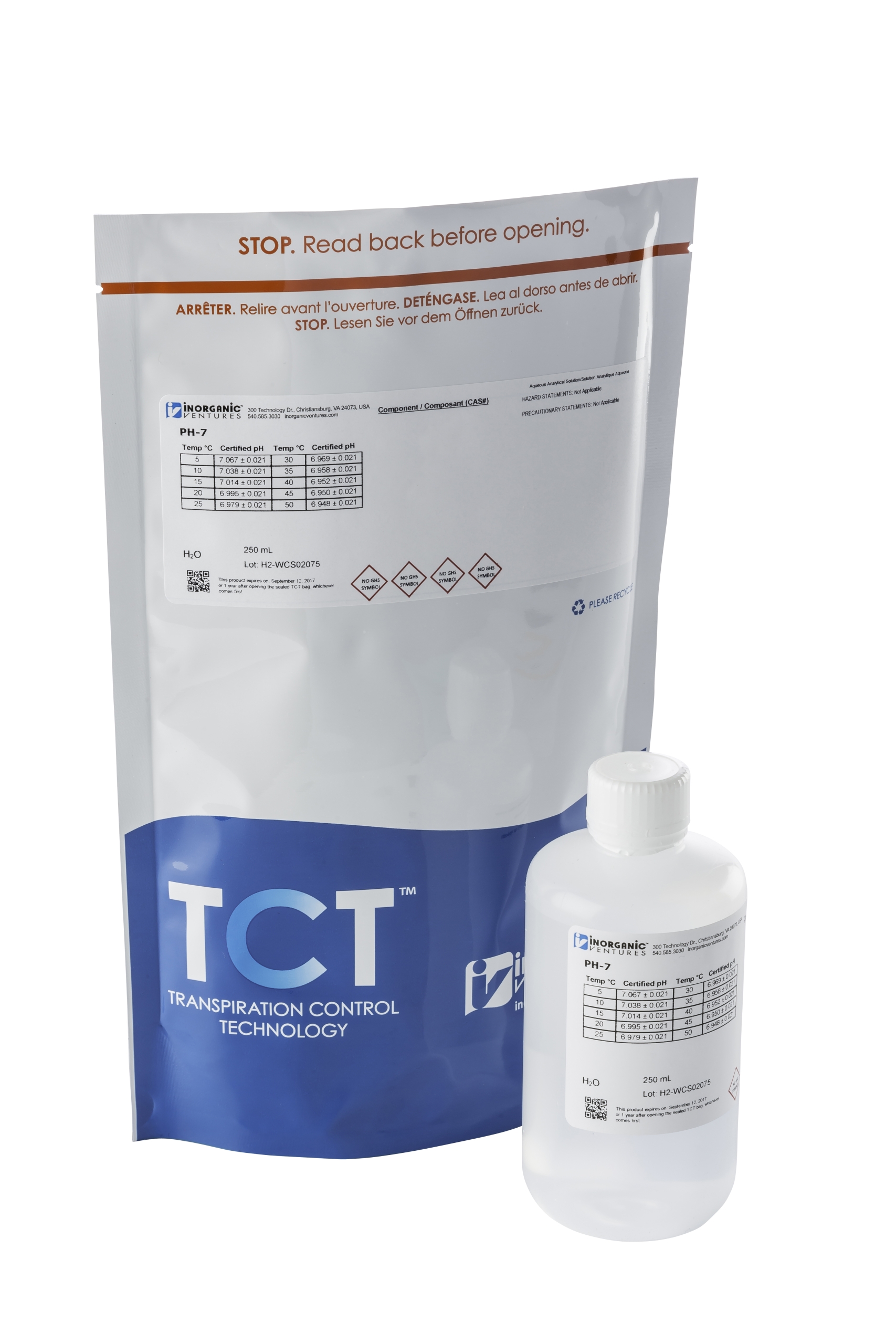 Verpakt in Transpiration Control Technologie (TCT), die de wetenschappelijke integriteit garandeert tot 5 jaar vanaf de datum van productie.
Verpakt in Transpiration Control Technologie (TCT), die de wetenschappelijke integriteit garandeert tot 5 jaar vanaf de datum van productie.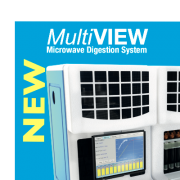
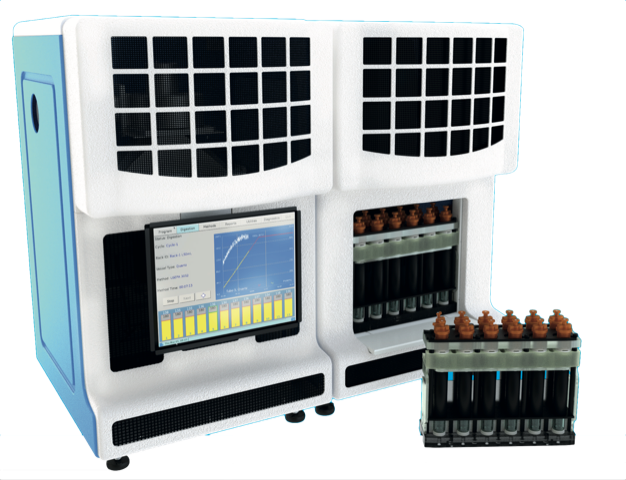

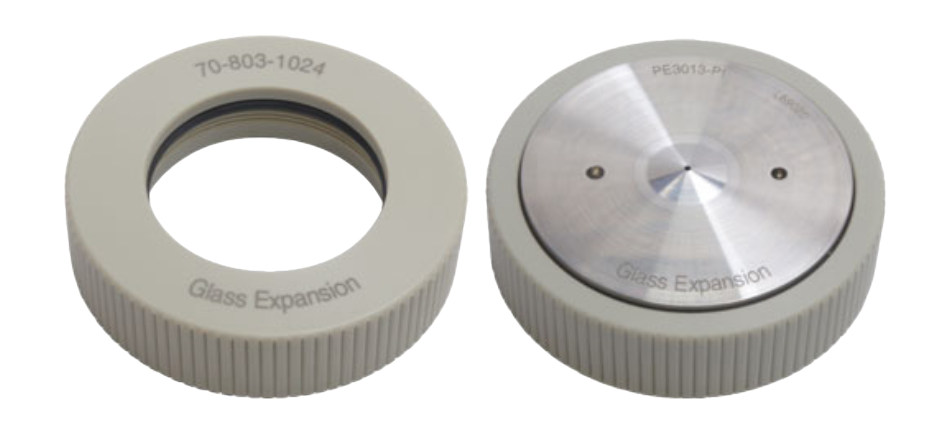

 the lab. The technical team at Inorganic Ventures does nothing but custom produce analytical standards.
the lab. The technical team at Inorganic Ventures does nothing but custom produce analytical standards. components (starting materials, weigh boats, pipettes, bottles, etc.) and properly leach them all to obtain the cleanest possible analytical standard. In doing so, they have access to a dedicated clean room with a HEPA filtration system and ultra-pure acids for production. This ensures that no environmental contaminants are introduced at any point.
components (starting materials, weigh boats, pipettes, bottles, etc.) and properly leach them all to obtain the cleanest possible analytical standard. In doing so, they have access to a dedicated clean room with a HEPA filtration system and ultra-pure acids for production. This ensures that no environmental contaminants are introduced at any point.
